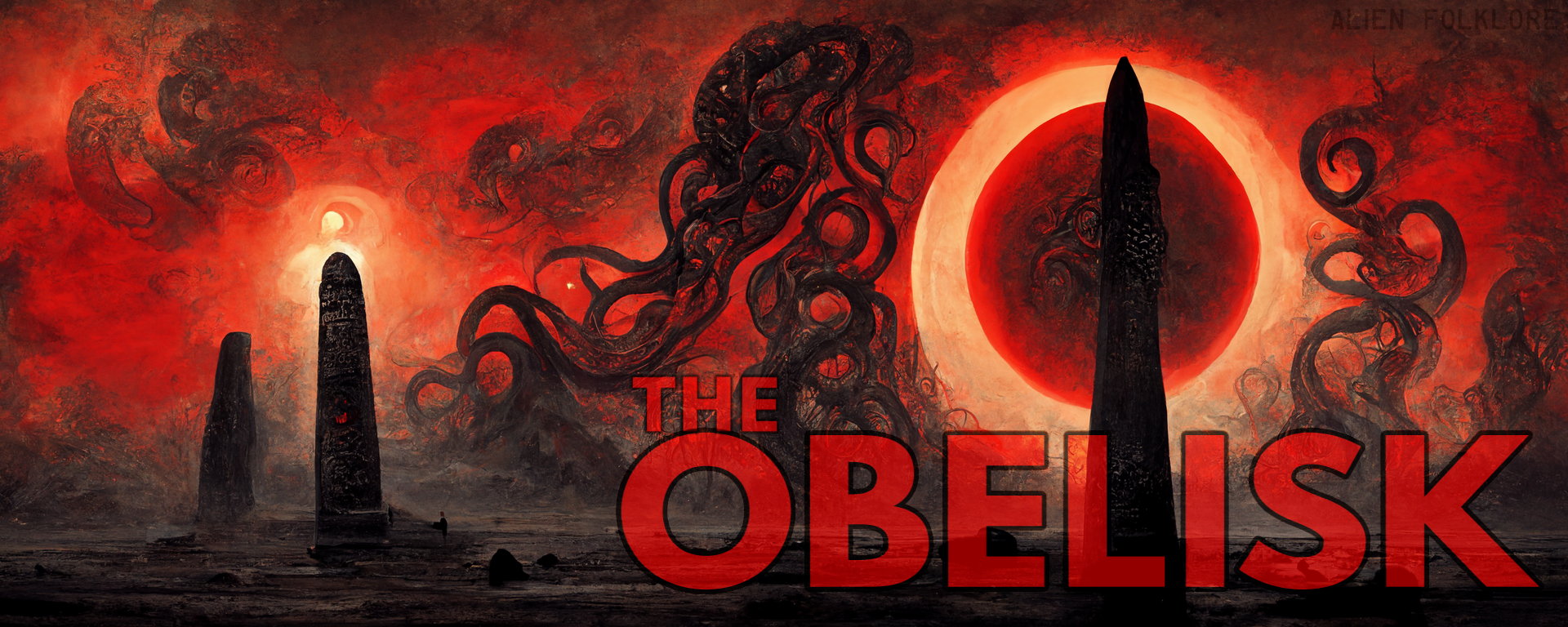Friday Full-Length: Øresund Space Collective, Helsingør 2021
Posted in Bootleg Theater on October 13th, 2023 by JJ Koczan
Sometimes, at the end of a perfectly wretched week, there’s nothing like putting on some Øresund Space Collective and letting your head go for a little while. The long-running psych improvisationalists will celebrate their 20th anniversary in 2024, and Helsingør — the live album above named for the city in Denmark where it was recorded — sees them characteristically, fully, awesomely dug into their craft. With opener “The Key of Secrets” and the charmingly-named “Technical Problems” both topping 20 minutes, immersion is quick and comprehensive, and if there are actually issues in the latter, I’m not sure where. Certainly you wouldn’t say anything is holding them back over the course of that 22 minutes.
Helsingør was recorded by Patrik Barrsäter in Oct. 2021 as one of three gigs in Scandinavia undertaken by Øresund Space Collective, who despite being named after a city in Denmark have ranged geographically far enough — synthesist and bandleader Scott “Dr. Space” Heller has his Estúdio paraíso nas Nuvens where this stuff is mixed, and others in the consistently rotating lineup come from Belgium, Germany, Sweden, etc. — that one wouldn’t necessarily think of Helsingør as a homecoming, especially since, as Dr. Space notes between songs in “Just Fucking Go,” they’d never played there before. In any case, as one of three shows in that run, the nearly-two-and-a-half-hour set isn’t the first live album Øresund Space Collective have put out from the same time. Their Høstsabbat 2021 live release showed up in March ahead of their latest studio work, Everyone is Evil (review here), both of which along with Helsingør and just about everything else the band does most of the time comes out through Heller‘s Space Rock Productions imprint.
And if two live albums out of three shows — the first date was in Malmö, Sweden; I don’t know if it will be released or not, but if it was, you know what that means: 10LP box set! — tells you anything, it’s that the band was locked in and they knew it. Sure enough, Jiri Jon Hjorth‘s bass turns the 13-minute “Wiggle Waggle Shake That Funky Thing” into much more of an embodiment of its title than was “Technical Problems,” and with regular features in the band like Hjorth, synthesist Mogens Pedersen, guitarist/violinist Jonathan Segel and Heller himself, along with Nicola on guitar and Marten on drums, the chemistry in the explorations — which I’ll just note for emphasis are made up on the frickin’ spot — shouldn’t be understated or taken for granted. Apparently filmed and available as a multi-cam DVD, Helsingør follows its course through two full sets and only grows more lysergic as “Wiggle Waggle Shake That Funky Thing” gives over to the half-hour of cosmic adventuring they decided at some point to call “Sailing Eastward,” Heller noting at the outset that the first set was funky — true — and they were going to get trippier.
Fair enough since they do. In most contexts, “Sailing Eastward” would be a full-length on its own, and it follows a complete front-to-back progression from its unfolding through the proggy noodling of the midsection, the drum pickup circa 17 minutes in and the build into space-jamming that rolls out from there. Like the universe itself, Øresund Space Collective work  on a different scale of patience, and sometimes just a flourish of guitar, bass, keys, synth, violin, a cymbal crash or whatever it might be, can spark an entire shift in where they’re headed. For being “more acidic,” there’s plenty of funk in “Sailing Eastward” — sometimes the groove can’t be denied — and they balance that late in the track with the guitar solo running overhead with warm and psychedelic tonality. When they arrive at the end with the drums bashing away, everyone seems to know it. “I think he almost knocked me off the stage,” says Heller of Marten‘s drums.
on a different scale of patience, and sometimes just a flourish of guitar, bass, keys, synth, violin, a cymbal crash or whatever it might be, can spark an entire shift in where they’re headed. For being “more acidic,” there’s plenty of funk in “Sailing Eastward” — sometimes the groove can’t be denied — and they balance that late in the track with the guitar solo running overhead with warm and psychedelic tonality. When they arrive at the end with the drums bashing away, everyone seems to know it. “I think he almost knocked me off the stage,” says Heller of Marten‘s drums.
A second round of band intros — it’s a second set — shifts into the final two songs of Helsingør, which also happen to comprise just about the last hour of the “evening with” runtime. Keys open “Moody Mother” (25:00) and remain prominent in the opening section, but over the steady playfulness of the mellow-swinging drums, guitars and bass are not at all forgotten. Mellotron sounds after 10:30 or so might be the source of the title, but it’s a languid nod until about 20 minutes when the swirling solo mixed probably lower than it was in real life (but is nonetheless well placed) provides the drums a chance to take off at a speedier clip, which they do, rallying everyone on stage to the linear purpose of an apex. All of this communication happens without words, organically in the music. It’s what Øresund Space Collective do. It is no small part of what makes them such a comforting listen.
They’re also not perfect and they’ve never been, which in my head just makes them a better band for the lack of pretense. “Moody Mother” courses smoothly, though, and caps in a dream-drone of synth and keys and guitar before Heller implores the crowd to tell their friends and asks if they want one more. “We’ve only played two hours? Okay, we can play some more.” Laughs and applause, thanks in Danish.
That “some more” turns into the 35-minute “The Never Ending Trip,” which is just going to take its time, alright? Yes? Good. Take a breath. There’s some keys, some guitar, some effects on the violin, the drums not trying to bother anybody but they gotta move a bit with the bass. Segel‘s violin takes on an almost Yawning Man winding sensibility atop the rhythmic jabs, but they’re having fun and you can tell. They let the piece take shape as it will and then set out with it, not quite sure where they’ll land and maybe even actually okay with that — which I feel like is as admirable as an ethic as any of the actual sounds they make are — but finding serenity, scorch, bop and drift along the way, the latter of those holding sway for a long stretch after about 25 minutes in until in just the last stretch, the guitar returns with a definitive strum and the synth and bass move toward it. Long gone are the drums. Long gone is earth. Synth and keys bring down “The Never Ending Trip” as everyone seems to wonder for a second if the jam is really done, and then yes, it is, with one more ‘tusen takk’ (‘thank you very much’) for good measure.
I’ve written a fair amount about Øresund Space Collective and/or related projects over the years and I don’t regret any of it. They are among the bands on earth I most feel a void at having never seen live, but we live in a universe of infinite possibilities and face an unknowable future, so I may yet get there. And I’ve no doubt I’ll be writing about them again at some point as they celebrate their 20th anniversary — even if they don’t put out one, two, three, maybe four releases in the next 12 months, there’s always plenty of back catalog to dive into — but to my ears, Helsingør puts emphasis on the personality and character of what they do and the multi-hued dynamic that makes their work so resonant. I wanna live on this wavelength.
As always, I hope you enjoy. Thanks for reading.
—
Just in case it didn’t come through in the first sentence of the post, the week sucked. I spent Tuesday, Wednesday and Thursday home with a sick kid out of school who was extra miserable even before throwing up all over the couch yesterday morning. It has been a deeply unpleasant time. Also we need a new couch.
I had intended to review the Mondo Drag album — which I’m pretty sure came out in fucking August — for this Wednesday. I got about a third into it early Tuesday morning and it’s been there ever since. When I’ve had the energy, I haven’t had the time. Yesterday there was a premiere scheduled and today I had two, one of which I nearly forgot about since I hadn’t even had the chance to put it in the notes doc by which I manage the whats and whens of this site.
Throw this on top the garbage pile that is my mental state, and yes, I did spend a decent portion of yesterday evening imagining ways to off myself in the garage. I could go on about that. Yes, I’m in the market for a therapist. See “time,” above. Anybody know an LCSW who likes riffs? Would be amazing to speak to somebody who could know what I mean when I talk about feeling more doomed than Conan on tour with Sunn O))). Speak the language, etc.
I did an interview earlier this week with Scott Spiers who runs Cleanandsoberstoner. He’s an addiction counselor, which I guess makes the name of his site make sense. We met at Desertfest New York and it was great to talk shop for a while, chat about favorite bands, new albums, all that stuff past and present. I went on. He was saying he wanted to run it as a two-parter, which I’d imagine will change once he edits it and sees how many times I lose my train of thought. There’s also a definite chance I called him Chris as I had brainfarted and was thinking of a childhood friend he reminded me of. I’m kind of a wreck right now and probably shouldn’t have done the interview in the first place, but, well, one doesn’t always make the best decisions for oneself when ‘in it’ as I seem to be. Anyway. He called me “mercurial,” which I think just meant “busy,” and “very private,” which was interesting since I had talked about being bulimic a little bit before and got to shout that out for comic effect. If and when it gets posted, I’ll share.
The Pecan is back in school today. We sent her in coughing and complaining about having to carry her backpack, so I expect it will be a banner morning on her end too. Next weekend we’re having a big birthday party for her turning six. You should come. Seriously. If you’re reading this and want to hang, you’re invited. It’d be nice to have someone there to talk music. If you don’t have my email or we’re not connected on social media or whatever, the contact form is right there. “DM for address,” in the parlance of our times. Bring the kids. We’ll have a bounce house and they can meet the puppy. I’ll probably spend most of the day doing dishes, which is fine.
But that’s on the other end of next week. Between now and then will I ever finish that fucking Mondo Drag review? Hard maybe. Every day next week is booked as well, with full album streams for The Spacelords and Bismut, a video premiere for Vitskär Süden (it’s fun in a Halloweeny kind of way) and a review on Friday for the Howling Giant record that I’ve slated as a favor to myself writing the day before. Thursday might be when Mondo Drag happens, if it does, and that pushes Zone Six to Oct. 30, which is my next open day. I hate fighting with my own schedule, by which I mean I apparently love it since I do it all the time.
Okay. I wish you a great and safe weekend. Have fun, hydrate, stay well, and if you could please keep your eyes open for a small couch somewhere in the neighborhood of 62″ wide (about 1.5 meters), that’d be great, thanks. And one more time, thanks as always for reading. That you might do so is decisive in my mind as to the worthiness of this project.
FRM.





